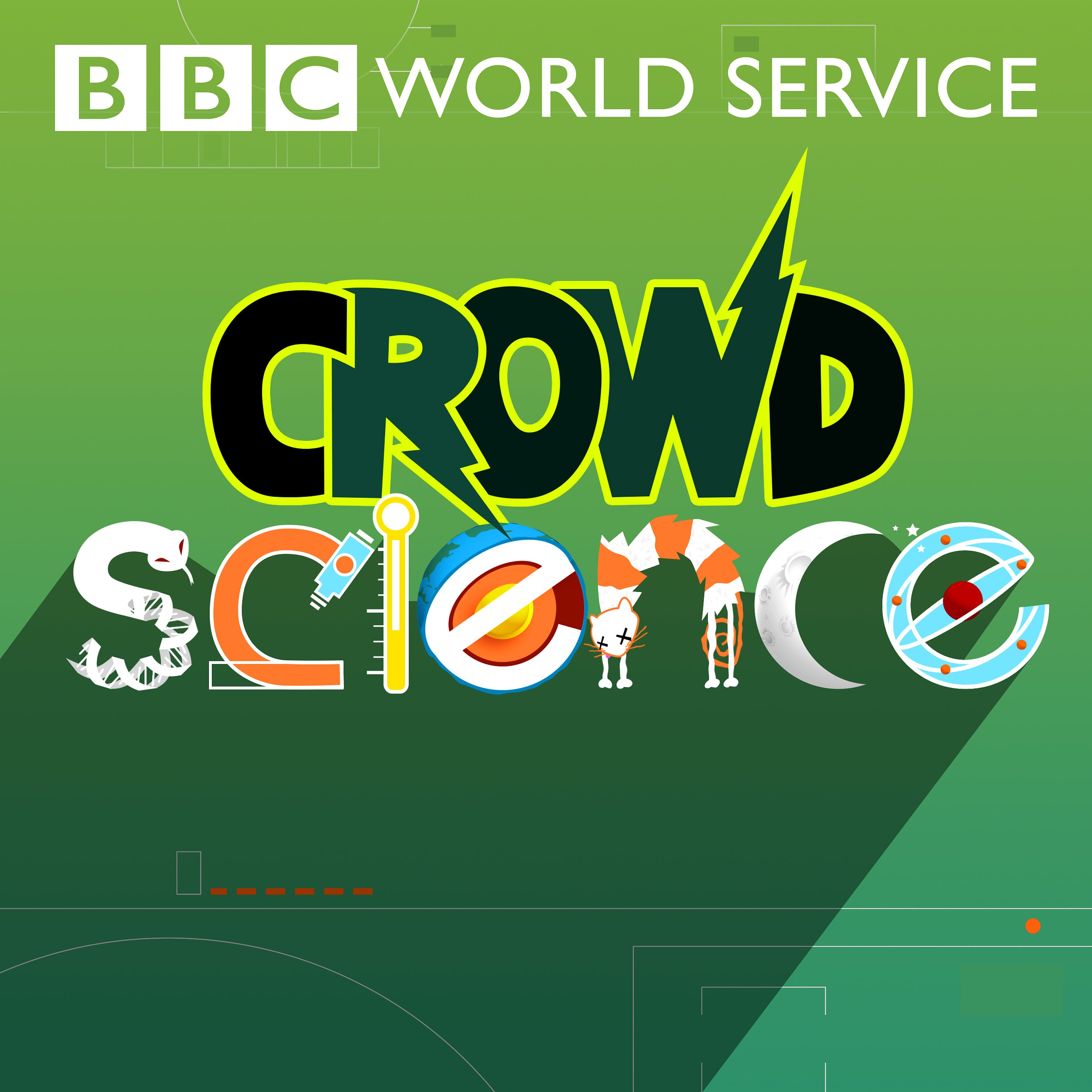
Will our spacecraft ever reach the stars?
CrowdScience
The space between stars is usually measured in light years, but this makes it less easy to acknowledge the true scale of the distance. Even the closest star system to Earth, Proxima Centauri, is 4.2 light years or 40.13 trillion kilometres from Earth. If we are ever going to bridge the gap between the stars, we will have to have some very fast spaceships, with extremely reliable, long-lasting technology on board. So does science allow for these spacecraft to exist? That’s what listener Allan wants to know, and to find out, Presenter Anand Jagatia speaks with Tracy Drain, a systems engineer at NASA JPL responsible for overseeing the development and missions of multiple unmanned interplanetary probes including some around Jupiter and Mars. She tells us the challenges involved with simply keeping our spacecraft working for the long-haul. Even if we can overcome issues of wear and tear over time, powering a ship to other star systems will not be easy. Today’s chemical rockets are too inefficient for the job, so we speak with Rachel Moloney, a researcher in electric propulsion to ask if this relatively new technology could power ships through interstellar space. Faster than light travel is the solution most often found in Science Fiction, but it goes against Einstein’s laws of relativity. Is there a way around it? Theoretical physicist Professor Miguel Alcubierre thinks there may be, and he describes the way a spaceship may be able to create a bubble of spacetime around itself to move faster than light without breaking these fixed laws. But there’s a catch... Contributors: Tracy Drain – Systems Engineer - NASA Jet Propulsion Lab, California, USA Rachel Moloney – Researcher in Electrical Propulsion - Surrey Space Centre, UK Professor Samuel Tisherman – Surgeon – University of Maryland school of Medicine, USA Dr John Bradford – President & CTO of SpaceWorks, USA Professor Miguel Alcubierre – Theoretical physicist known for the ‘Alcubierre Warp Drive’ – National University of Mexico Presented by Anand Jagatia Produced by Rory Galloway [Image: Speceship. Credit: Getty Images]Next Episodes

Are humans naturally clean and tidy? @ CrowdScience
📆 2020-12-04 22:00 / ⌛ 00:31:45

Can we prevent wildfires? @ CrowdScience
📆 2020-11-27 22:00 / ⌛ 00:32:09

How does a breeze become a gale? @ CrowdScience
📆 2020-11-20 22:00 / ⌛ 00:27:49

How can I beat pain? @ CrowdScience
📆 2020-11-13 22:00 / ⌛ 00:39:19

Why are elephants so big? @ CrowdScience
📆 2020-11-06 22:00 / ⌛ 00:31:26